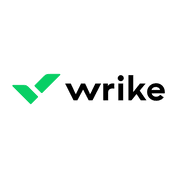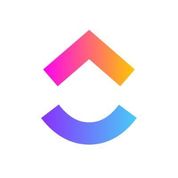Taskable is a Task Management Software. Taskable offers Time Tracking, Task Tracking, Task Scheduling, Recurring Task Management, Progress Tracking and many more functionalities.
Some top alternatives to Taskable includes Todoist, Wrike, Smartsheet, Teamwork and Atomicly.
Yes, Taskable provides API.
No, Taskable doesn't provide mobile app.
Taskable is located in NA
Taskable offers Subscription, Quotation Based pricing models
Yes, Taskable can integrate with Jira, Zoom, Google Meet, Basecamp and many more.You can find more integration for Taskable here
The starting price of Taskable is $10/Month
























